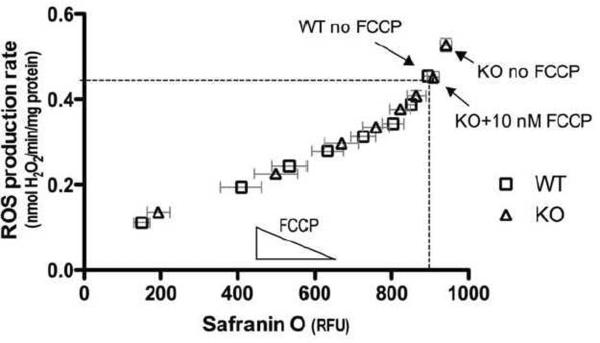Figure 4. FCCP can mimic the effect of UCP3 on ROS production and membrane potential 0–2 min after energization.
Mitochondria from WT and Ucp3KO mice were independently energized with different amounts of FCCP from 0–60 nM. ROS production rates over the first 2 min are plotted against average membrane potential over the same period. Nonlinear regression analysis (Prism) using exponential and polynomial models found that a single curve best describes the data in all cases. Dashed lines highlight the ROS production rate and membrane potential for WT mitochondria without FCCP, and for Ucp3KO mitochondria in the presence of 10 nM FCCP. Values are means ± SEM of triplicate experiments performed on 11 separate preparations.

